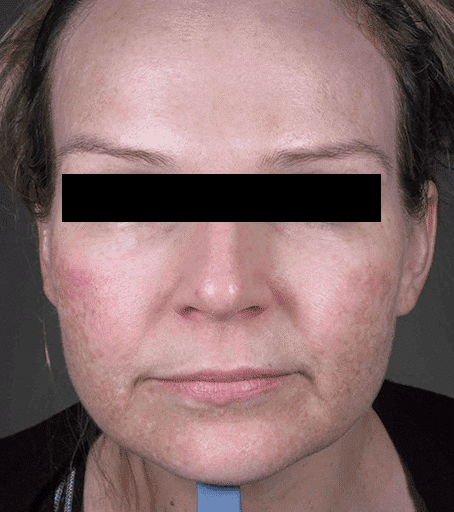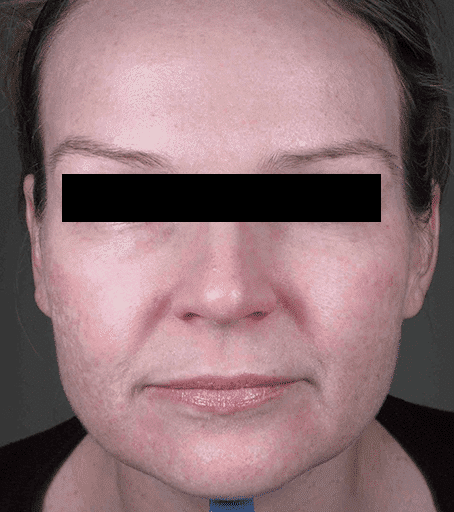
At Scars & Lasers, we recognise that self-harm scars can carry deep emotional significance and may continue to impact your confidence long after the wounds have healed. Whether they reflect a brief moment of distress or a longer personal journey, these scars are only one part of your story—they don’t define who you are today.
Our team offers a warm, judgement-free environment where you’ll be treated with compassion and respect. We specialise in advanced, non-surgical treatments designed to reduce the appearance of self-harm scars and improve skin texture over time. Each treatment plan is personalised to your needs, helping you move forward with greater confidence in your skin and yourself.










The primary goal of scar treatment is to enhance both the colour and contour of the scar, as the ultimate outcome is a less noticeable scar. While lasers are a viable option to achieve this, the optimal treatment path is determined by specific clinical features. When it comes to self-harm scars, such as cutting scars, an additional objective is to eliminate the parallel patterns of cuts and scars that contribute to the perception of these types of scars.

Lasers excel at addressing color changes, especially those in the red spectrum. However, white scars do not respond as well to laser treatment since the pigment cells (melanocytes) are diminished. Consequently, white scars can be more challenging to treat, and surgical intervention may be necessary. Lasers can also aid in blending some scars by treating the surrounding skin. Moreover, fractional lasers can enhance the absorption of steroids using laser assisted drug-delivery reducing the height of scars, which in turn, improves skin contours.

Lasers have their limitations in treating deep and wide scars, such as those that penetrate the bottom dermal layer of the skin, as they may not be effectively improved. In these cases, surgical intervention, and possibly skin grafting, would be the best course of action. As a general rule, scars that are palpable, wider than 2.75 mm, or depigmented, may be less responsive to laser treatment. However, there are some exceptions, and it is difficult to predict who will experience optimal results.

White cutting scars or hypopigmented scars can be improved with laser treatment. As a general guideline, you can expect a 20-60% improvement after 3-5 sessions, with the best results seen in scars that are less than 1.5 mm wide. Our preferred lasers for treating white scars include the Alma Hybrid and Fraxel Restore Dual 1927, and 1550 wavelengths. However, hypopigmented or white scars that are wider than 2.25-2.5 mm are generally best treated with surgery.

There are two methods for managing self-harm scars that are raised: 1. Vascular lasers2. Steroid injections or LADD with topical anti-inflammatories. As a general guideline, it can take up to 12 months to reduce the height of hypertrophic scars. Factors that increase the risk of raised hypertrophic-keloid scars include young age, female gender, specific ethnicities, and scar location, such as the shoulders and outer arms.

No, laser treatment for cutting or self-harm scars is not typically painful. Our team uses skin cooling to help minimise discomfort, and we also apply high-strength numbing agents to ensure patient comfort during the procedure.

Microneedling can be a beneficial complementary treatment to lasers. While lasers offer more scar remodeling and are more effective in reducing redness and raised scars, microneedling is better suited for treating white scars.

Vascular lasers, such as V Beam Perfecta, Excel V Plus amd Laser Genesis are effective in reducing redness in self-harm scars. These lasers work best for early scar management, and the treatments come with minimal discomfort and downtime required. Typically, a series of 4 to 8 sessions is necessary, spanning a period of 4 to 8 months. For raised scars, vascular laser therapy can be combined with fractional CO₂, laser coring using Ultraclear, and intralesional steroid injections and/or laser-assisted drug delivery.

Fractional lasers, such as Fraxel, CO2 Alma Hybrid and Ultraclear with laser coring, are used by Scars & Lasers team depending on the specific requirements of the scar. These lasers work through various methods, including
1. Scar remodelling, increasing the quality of collagen
2. Enhance the penetration of steroids which helps break down the scar tissue.

The number of fractional laser sessions needed typically ranges from 4 to 6, but this can vary depending on factors such as the location of the scar, its depth and width, and the patient's skin type. Generally, more treatments are required for wider and deeper scars. The fractional laser sessions are typically spaced 4 to 10 weeks apart.

The healing time for fractional lasers can range from about 3 to 9 days, depending on the specific type of laser used. As a general guide, the healing times are as follows: Picosecond lasers: 12 to 48 hoursFraxel: 3 to 7 daysCO2 Fractional: 4 to 10 days.

The most crucial consideration before undergoing revision treatment is to ensure that you are emotionally stable. It is generally best to undergo treatment after you have ceased self-harm behaviors, as this will allow Scars and Lasers team to make the most progress. We can work with your GP, psychiatrist, or psychologist to provide comprehensive support. Prevention is always the best approach, followed by early management and wound care. If your scars are less than 6 to 8 weeks old, there is a limited window to begin early scar remodeling. This can significantly reduce the risk of permanent scarring. Early scars are typically best treated with silicone products. Vascular lasers can also be effective in treating early scars.

The risks associated with laser treatment for cutting scars are minimal when applied by our team in a controlled manner. The risks can be summarized as follows: Infection: Occurs in less than 3% of cases. Skin colour changes: More likely in darker skin types and seen in approximately 3-5% of cases. However, this is generally temporary. Patterning: More common with CO2 lasers, but reduces over 1-3 months. Blistering: Seen in less than 1% of cases with vascular lasers. Scarring: Extremely rare, occurring in less than 0.1% of laser procedures.

The decision to employ surgical methods to treat self-harm scars is multifaceted, as there are both physical and emotional considerations. Here is a general guide to how we approach this decision: Early scars (red, narrow scars): These are best treated with vascular lasers and topicals. Narrow white scars with good blend: These are best treated with lasers. Self-harm/cutting not in remission: In these cases, conservative treatment is generally best. Wide scars (>2.4 mm): These are best treated with excision and/or followed by laser treatment. Multiple wide scars: These are best treated surgically with excision and grafting.

Coverage for scar treatment under ACC may vary depending on factors such as the cause and severity of the scar, as well as the type of treatment required. It is recommended to consult with our team at Scars and Lasers to determine if your scar treatment is covered.
Please see our ACC section.
For all appointment enquiries, medical referrals and urgent enquiries please contact us at info@scarsandlasers.co.nz or (09) 524 5011.
